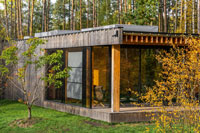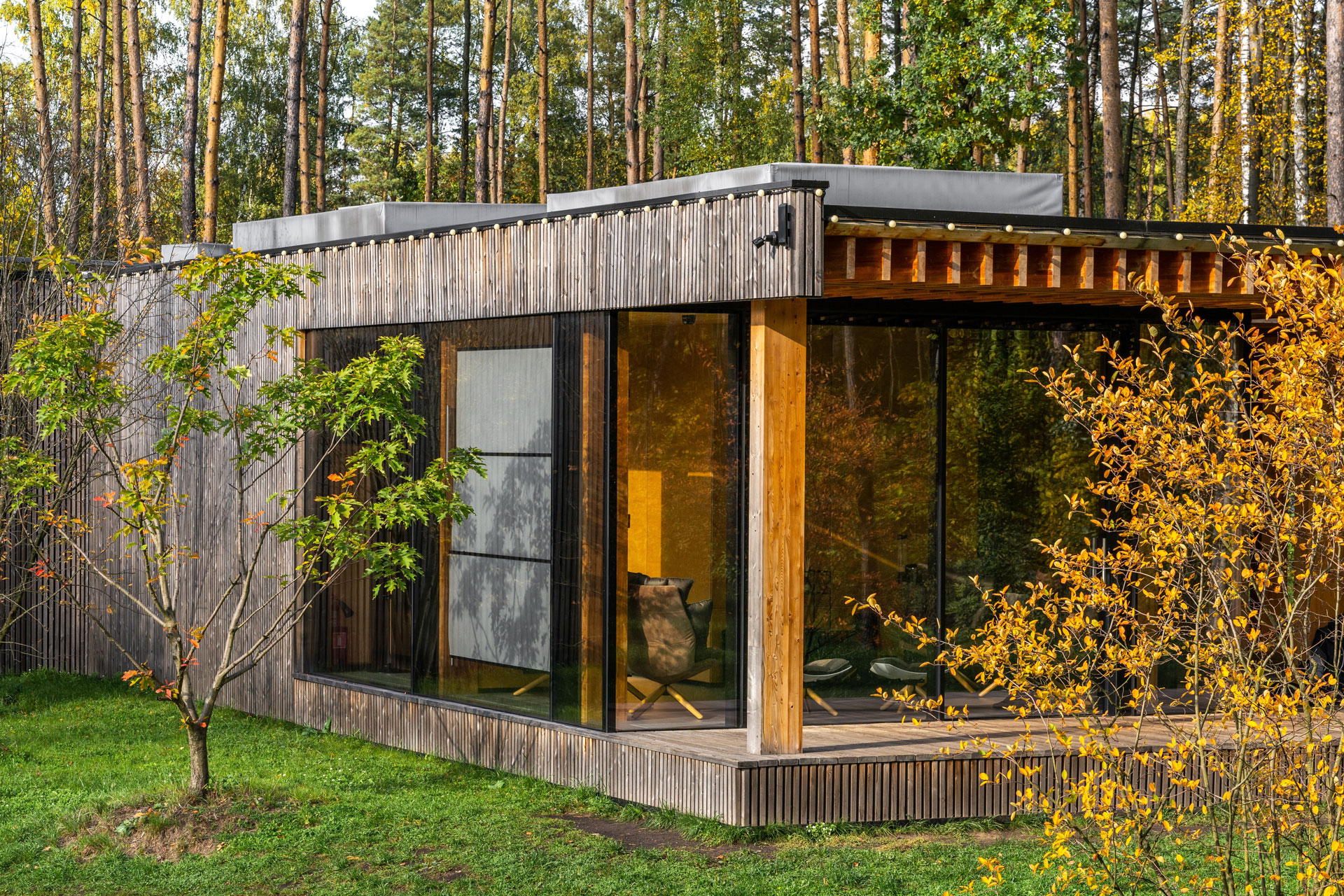Modular Housing




Modular homes are constructed in a factory and then transported to the construction site in separate pieces. These homes are designed like traditional houses but with the flexibility to be divided into components, making transportation and assembly easier. This approach reduces waste and keeps costs to a minimum. At Strategxy, we possess extensive experience in sustainable building projects, and you can find many of them showcased on our blog. If you're considering building a modular or prefab home, the design aspect plays a crucial role, particularly in the emerging trend of modernist modular houses. These new modular homes are designed to be efficient, cost-effective, and environmentally friendly. The beauty of modular design lies in its versatility, ranging from sleek and contemporary styles to cozy mountain cabins. The inherent climate-controlled manufacturing process of modular construction contributes to its eco-friendliness. Additionally, coffee shops have also embraced this building style due to its popularity.
Click here to get started today!There are numerous reasons why modular homes and buildings have gained popularity among homeowners, both new and experienced, across the country.
While many people assume that lower cost is the primary motivation for building modular, surprisingly, cost savings are actually a secondary consideration. One of the main advantages of modular construction is the shorter construction time compared to traditional site-built homes. This is because while the modular home is being constructed in the factory, another team can simultaneously work on building the foundation. While site-built homes typically take a year or more to complete, modular homes can be built in as little as three to eight months, depending on the complexity of the project. The construction timeline of modular homes remains unaffected by adverse weather conditions such as rain, snow, extreme heat, or cold. This makes modular homes an excellent choice for regions with shorter construction seasons, including areas with wet climates.
For nearly a century, architects, engineers, and builders in Europe and America have envisioned a factory-made house that could be produced and marketed like a motor car. As the twentieth century began, the burgeoning middle class sought practical and affordable homes, leading to the rise of the bungalow as an iconic American housing style. With the simplification of home designs came the concept of catalog houses or mail-order kits. In 1910, Aladdin Homes of Bay City, Michigan, pioneered this idea, followed by Sears and Roebuck.
Prefab and modular home manufacturers recognized the value of labor-saving techniques, machine construction, standardized lumber sizes and lengths, bulk purchasing, and mass production of millwork. These factors contributed to making housing more affordable for the masses. Generally, modular homes cost 10% to 20% less per square foot compared to on-site construction.
In recent years, the modular and prefab industry has experienced remarkable growth. Just a decade ago, modular and prefab homes accounted for only about 7% of the total residential market. However, today they make up 36% of the market share, making the modular home industry the fastest-growing sector in the residential market. If you're interested in designing your own modular home, now is a great time to get started.
Modular homes, being designed and constructed in accordance with local building codes like the International Residential Code (IRC), hold the same appraisal value as site-built homes. Therefore, the value of modular homes follows the same trend as that of site-built homes in the real estate market. If the market experiences an increase in value for site-built homes, modular homes will also appreciate at a similar rate.
Modular homes often experience faster loan approvals compared to traditional homes. The standardized construction process and the reputable nature of modular homes can streamline the financing process.
Modular homes typically require less design and engineering work, resulting in reduced costs. The standardized modules and pre-designed elements simplify the planning and architectural aspects of the construction.
Modular homes offer the advantage of guaranteed pricing. Once the design and specifications are finalized, the manufacturer provides a fixed price, protecting homeowners from unexpected cost overruns during construction.
Modular homes can provide a better return on investment due to their quality construction, energy efficiency, and shorter construction timelines. These factors contribute to increased resale value and potential savings on energy costs over time.
Unlike site-built homes that begin with exterior framing and roofing, modular homes are constructed using high-quality materials and a specialized framework. To ensure protection during transportation, an additional 25% of framing materials is used. This includes various hardware such as steel straps and connectors like Simpson connectors.
The modular construction process starts with floor framing, followed by wall framing, electrical and plumbing installation, and insulation. Windows and doors are then added. Some manufacturers offer fully finished homes from both the inside and outside, while others focus on interior finishing. Either way, fixtures and cabinetry are installed to provide a complete living space.
For more information on Modular Housing, reach out to us today and speak with a Strategxy consultant. We are here to assist you in making the best decision for your housing needs.